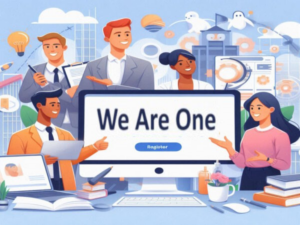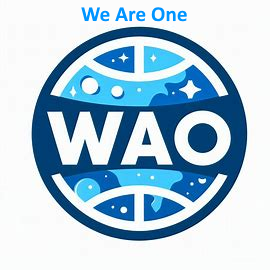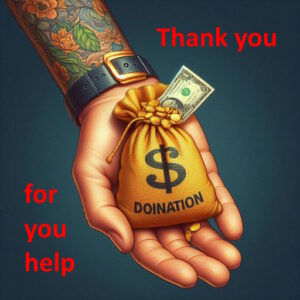Information gap
Free info vs. paid info
The modern information society is facing a growing divide that manifests itself in two distinctly different streams of information.
On the one hand, we have the flood of biased or superficial information that is freely available on platforms such as Facebook, X and TikTok. This wide range of content is often barely checked or curated and the providers’ algorithms are opaque. As a result, users are at risk of being influenced by distorted or manipulative information and are more susceptible to misinformation, propaganda and manipulation.
On the other side are those who can afford to pay for quality journalism. More and more news organizations are turning to paywalls or subscription models to provide high-quality and thoroughly researched content. This content often provides in-depth analysis, background information and a variety of perspectives on current events. Those who can afford this type of journalism have access to reliable sources of information that better inform and help make fact-based decisions.
The increasing commercialization of quality journalism is leading to an alarming trend: important information is becoming inaccessible to those who cannot afford it. The divergence of the information landscape risks dividing society, with different groups perceiving different realities and making joint discussions or decision-making more difficult. This increases social inequalities and widens the gap between different social classes.
This trend in our society is dangerous. Solutions must be found to ensure that all people have access to reliable and balanced information without being caught up in the maelstrom of disinformation and manipulation. One possible solution could be to introduce reduced payment models for low-income earners, the unemployed, schoolchildren, students, pensioners and others in need. Similar to other services based on financial support, large news organizations could grant discounts based on official proof of low income. This would also enable people with limited financial means to receive high-quality information.
This measure would not only be in the interest of social justice, but also in the interest of the media platforms themselves. Because by expanding their readership, they could increase their reach and influence, which could ultimately also increase their economic success. It would be a win-win situation, benefiting both those who cannot afford access to information and the media platforms themselves.
Perhaps in the future, we can arrange for Swarmi and WeAreOne members to access articles behind paywalls by negotiating deals with various media corporations. This could involve paying a small fee by the organisation each time a member clicks on a link to an article posted here.






